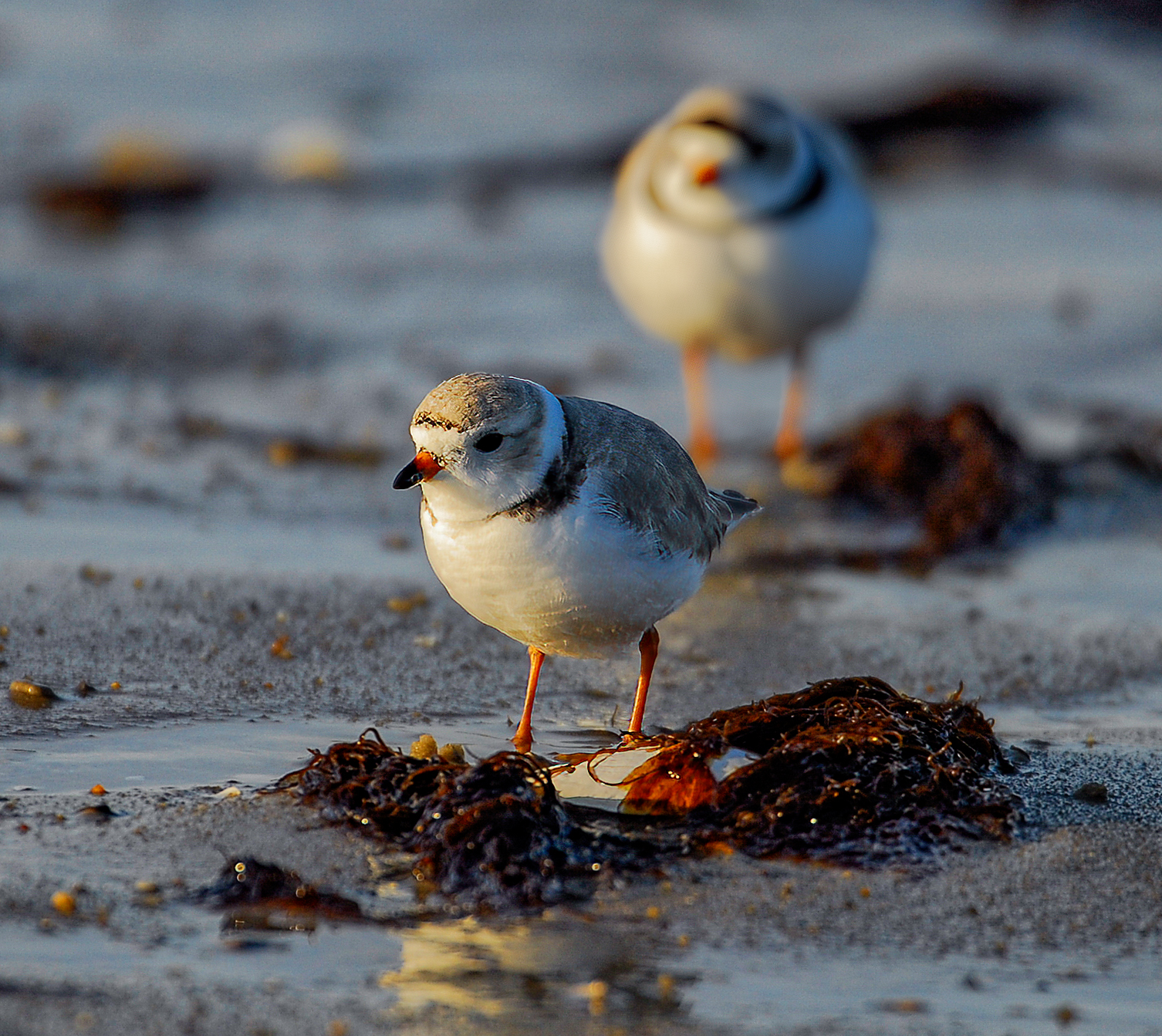
 In 1995 noted author Jennifer Ackerman published her first book, Notes From the Shore, which is about a three year period of time when she lived in Lewes. I recently re-read that book, and I highly recommend it to all. She is a compelling writer who went on from her naturalist experiences in the Cape Henlopen region to author countless books and articles about a wide variety of subjects. Please look up her bio or Wikipedia entry to see what I’m talking about. The quote below from Notes From The Shore seemed to fit nicely with my photograph of the plover. Jennifer and her publisher generously granted me permission to use her quote here, for which I am very grateful.
In 1995 noted author Jennifer Ackerman published her first book, Notes From the Shore, which is about a three year period of time when she lived in Lewes. I recently re-read that book, and I highly recommend it to all. She is a compelling writer who went on from her naturalist experiences in the Cape Henlopen region to author countless books and articles about a wide variety of subjects. Please look up her bio or Wikipedia entry to see what I’m talking about. The quote below from Notes From The Shore seemed to fit nicely with my photograph of the plover. Jennifer and her publisher generously granted me permission to use her quote here, for which I am very grateful.
“If one were compiling a list of Unpromising Landscapes, the mud flats of the cape might be one. At low tide the brown gullied plain looks barren, its only features being wave-carved ridges and a skin of algal scum. Strewn about are the wrecks of shelled creatures: false angel wings, scallops, mussels, razor clams, hardshell clams, dwarf tellins, ocellated lady crabs, rock crabs. Hollow barnacles encrust the bulbous shell of a spider crab with no trace of legs. A smack of jellyfish have stranded on the sand, mostly comb jellies and saucer-shaped moon jellies, their pink gonads arranged like a flower at the heart of a clear quivering mass. I’m reminded of my first encounter with a tidal flat, when I was taken as a child to dig for clams at the Maryland shore.
Jennifer goes on to say this about the tidal flats at Cape Henlopen, “Tidal flats such as these harbor as many as three hundred species: shrimps, crabs, clams, worms, all dual citizens in a country sometimes land sometimes sea. The worms, especially, interest me. Soft-bodied and bare of any shell or case, they have traded freedom of life in the open for the dark safety of a tube or burrow. In a sunless, labyrinthine city live bloodworms, mud worms, lugworms, tube worms, bamboo worms, acorn worms, and plumed worms-strikingly colored with iridescent skin and scarlet gills-all variations on a good functional vermiform theme that took nature a billion years to develop.”
I personally love the geology of cape’s tidal flats, and I photograph a variety of subjects there because it is so picturesque. The abundance of life in the intertidal flats is astounding as described by Jennifer. I was very fortunate to photograph these Piping Plovers, with one pulling a worm out of its burrow, on cape’s tidal flats. At low tide terrestrial predators abound and at high tide sea creatures do. It is the cycle of life, evolved over the millennia. Explore the tidal flats yourself with the knowledge that they are anything but “Unpromising Landscapes”, and read Notes From The Shore to appreciate the coastal world around us all the more as her observations and descriptions are pure art.



